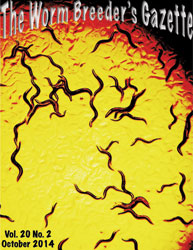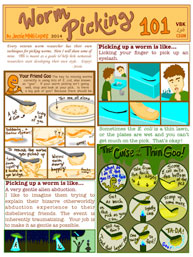We are interested in constructing transgenic nematodes expressing the stress-tolerance gene TPS1 from yeast (Vellai et al., 1999), which is expressed in the dauer juvenile stage both in C. elegans and Heterorhabditis bacteriophora. In C. elegans experiments we used dauer constitutive mutants DR133 and DR136, homozygous for daf-7 and daf-2 respectively, and for morphological markers unc-32 (III) and dpy-1 (III). In H. bacteriophora experiments we used a 19th generation inbred line of H. bacteriophora strain TT01. C. elegans was grown on NGM, while H. bacteriophora was grown on ENGM (Fodor et al., The WBG 18:2). The TPS1 gene was isolated from S. cerevisiae by Z. Bánfalvi and ligated into the nematode vector (made by A. Fire) and cloned to the heat-inducible promoter hsp16-2 promoter, as described before (Vellai et al., 1999). Transformation was carried out by “bombarding.” In Hungary we have been using the Gene Booster equipment patented by Dr. B. Jenes in the Agro-Biotechnology Center, Gödöllő, Hungary. Synchronous L4 (J4) and dauer (IJ) populations were bombarded with different doses on bacterium-free NGM plates. The worms were washed off and transferred to fresh, bacterium seeded NGM (ENGM) plates. The NGM and ENGM plates were incubated in 18 and 25 oC, respectively. Bombarded generations considered to be P0. For C. elegans the next generation was allowed to grow and propagate on OP50-seeded NGM plates. Plates were transferred to 25 oC for 48h. The nematodes were washed off the plates and dauer larvae were selected in SDS. After 5X washing with sterile tap water they were heat shocked at 33 oC for 4h. The F1 progeny of the bombarded worms were transferred to 2.4 M NaCl for 4h. 100% of the control worms died during this time. The progeny of the bombarded worms were washed 3X and distributed to 40 NGM plates seeded with OP50 bacteria. Some survived. They are considered as potentially transformed nematodes. One individual hermaphrodite was picked up from each plate to initiate pure lines for further study. For H. bacteriophora each ENGM plate, like an island, was put in a large glass plate of sterile tap water. The lid of the ENGM plate was removed, but the large plate covered. The IJ were moving from the plates to the water. They were collected daily. They were handled similarly to C. elegans except for using 0.1 w/v hyamin instead of SDS. The Fn progeny of the bombarded worms were transferred to 2.4 M NaCl for 4h. 100% of the control died during this time. The animals were washed 3X with sterile tap water and distributed into 40 ENGM plates seeded with TT01 bacteria. Some survived. They were considered as potentially transformed nematodes. One individual hermaphrodite was picked up from each plate to initiate pure lines for further study. We found no significant difference in the rate of survival between the progeny of treated L4 (J4) and dauers.
References
Vellai T, Molnár A, Lakatos L, Bánfalvi T, Fodor A, and Sáringer G. (1999). Transgenic nematodes carrying a cloned stress resistance gene from yeast. In Survival of entomopathogenic nematodes. Glazer I, Richardson P, Boemare N, and Coudert F, eds. (Luxembourg, European Commission Publications), pp. 105-119.




